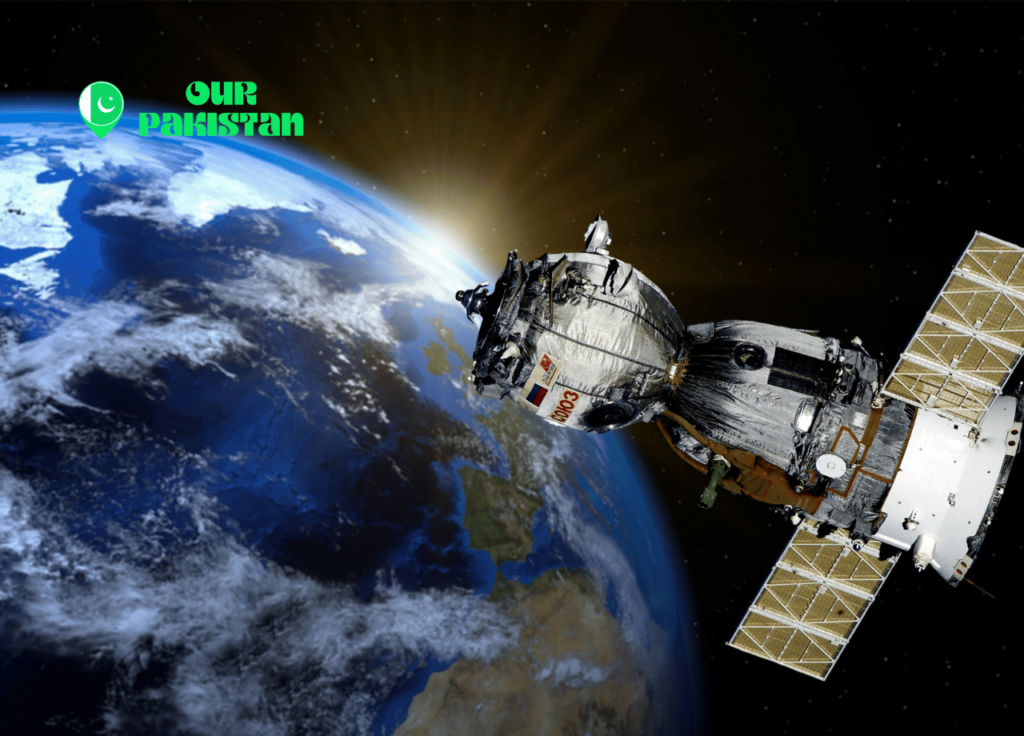India has been actively involved in space exploration, making significant strides in advancing scientific knowledge. Lunar missions, in particular, have played a crucial role in unraveling the mysteries of the Moon and expanding our understanding of the universe. This article aims to provide readers with an insightful overview of India’s moon mission endeavors.
Background Study
The Chandrayaan program, initiated by the Indian Space Research Organization (ISRO) in 2008, has been instrumental in India’s lunar exploration efforts. It showcases the nation’s capabilities in space science and technology.
Previous missions: Chandrayaan-1 and Chandrayaan-2
India’s first lunar mission, Chandrayaan-1, was launched in 2008 and made significant contributions, including discovering water molecules on the Moon’s surface. Building upon this success, Chandrayaan-2 was launched in 2019. Despite facing challenges during the landing phase, the mission successfully placed an orbiter around the Moon, providing valuable data for further research.
Significant findings and achievements from past missions
Past Chandrayaan missions have yielded remarkable findings. Chandrayaan-1’s M3 (Moon Mineralogy Mapper) discovered minerals rich in water content in the lunar polar regions, redefining our understanding of the Moon’s composition. Additionally, Chandrayaan-2’s orbiter continues to provide valuable data on lunar surface temperature variations, aiding in mapping potential polar water deposits.
The rationale behind pursuing further lunar missions
India’s pursuit of further lunar missions is driven by the desire to delve deeper into the Moon’s mysteries. By continuing to explore the lunar surface, Indian scientists aim to expand our knowledge of lunar geology, understand the Moon’s origin and evolution, and potentially uncover new resources that could be utilized in future space exploration.

Chandrayaan 3
Chandrayaan 3 aims to build upon the achievements of its predecessors and take India’s lunar exploration to new heights. The primary objectives of this mission include conducting detailed investigations of the Moon’s surface, further analyzing the presence of water molecules, and acquiring high-resolution imagery of unexplored areas.
Spacecraft design and payload capacity
The design of Chandrayaan 3 incorporates enhanced capabilities compared to previous missions. It will feature an improved lander and rover system, allowing for more robust data collection and analysis on the lunar surface. Additionally, the spacecraft’s payload capacity has been increased, enabling the deployment of advanced scientific instruments.
Launch vehicle and launch site selection
To ensure the success of Chandrayaan 3, a reliable launch vehicle is paramount. ISRO has carefully chosen the GSLV (Geosynchronous Satellite Launch Vehicle) Mk III, known for its capability to carry heavy payloads and launch missions to the Moon. The exact launch site is yet to be disclosed but will be chosen strategically to optimize mission success.
Expected timeline and milestones
While the exact timeline for Chandrayaan 3 remains confidential, ISRO is diligently working towards launching the mission shortly. The mission’s milestones include the successful launch, the journey to the Moon, the precise lunar landing, and the rover’s deployment for extensive scientific exploration.
Scientific experiments and payloads
Chandrayaan 3 will carry a suite of advanced scientific experiments and payloads. These instruments will help gather critical data about lunar topography, mineralogy, and elemental composition. By analyzing this data, scientists will gain a greater understanding of the Moon’s geological processes and its potential for sustained human habitation in the future.
Potential challenges and risks
Embarking on a lunar mission is not without its challenges and risks. Chandrayaan 3 will face hurdles such as the precise trajectory calculations required for a successful landing, potential communication disruptions, and the ever-present risk of technical malfunctions. However, the ISRO team’s expertise and meticulous planning aim to mitigate these challenges.
Contingency plans and backup strategies
Recognizing the importance of contingency plans, ISRO has formulated backup strategies to ensure mission success. These plans include redundancies in critical systems, alternate navigation methods, and fail-safe measures to overcome unexpected obstacles during the mission.

Benefits and Implications
Chandrayaan 3 will contribute significantly to the advancement of lunar research and exploration. By expanding our knowledge of the Moon’s geological processes, mineral resources, and volatile compounds, this mission will aid in unraveling the mysteries of our celestial neighbor.
Promotion of STEM education and inspiring future generations
India’s lunar missions, including Chandrayaan 3, play a pivotal role in promoting STEM (Science, Technology, Engineering, and Mathematics) education. They inspire budding scientists and engineers to pursue careers in space exploration, forging a path toward innovation and technological advancement.
Collaboration opportunities with international space agencies
India’s lunar missions open doors for collaboration with international space agencies. Joint efforts foster knowledge sharing, pooling of resources, and scientific advancements that benefit humanity as a whole. Chandrayaan 3 presents an opportunity for India to expand its collaborative endeavors in lunar exploration.
Long-term benefits for human spaceflight and potential resource utilization
Exploration of the Moon paves the way for future human spaceflight missions. Chandrayaan 3 will gather valuable data on radiation levels, lunar soil composition, and resource potential, aiding in developing sustainable strategies for long-duration stays on the Moon and potentially unlocking resources vital for space missions.
Conclusion
In conclusion, Chandrayaan 3 represents India’s commitment to furthering scientific knowledge through lunar exploration. With its enhanced capabilities and objectives, this mission will undoubtedly contribute to our understanding of the Moon and open avenues for future space exploration. As India’s space program continues to evolve, readers must engage with space-related initiatives, fostering a collective passion for unraveling the mysteries of the cosmos.
To stay updated on India’s space program and explore more about the wonders of space, participate in educational programs, and support initiatives advocating for continued scientific exploration and research.
As we look towards the future, let us acknowledge the importance of space exploration in expanding our horizons, inspiring innovation, and providing answers to the fundamental questions of our existence. The journey to the Moon, driven by human curiosity, stands as a testament to our relentless pursuit of knowledge and the boundless possibilities that lie beyond our home planet.